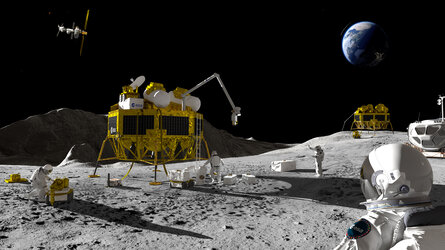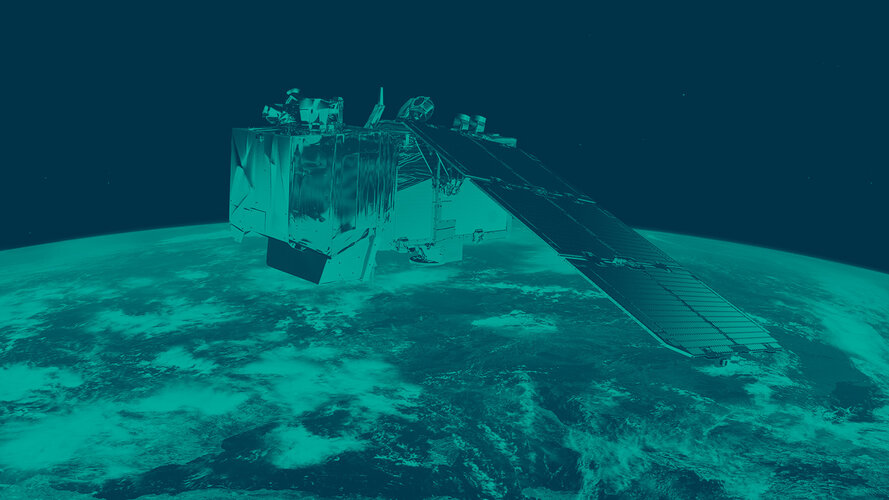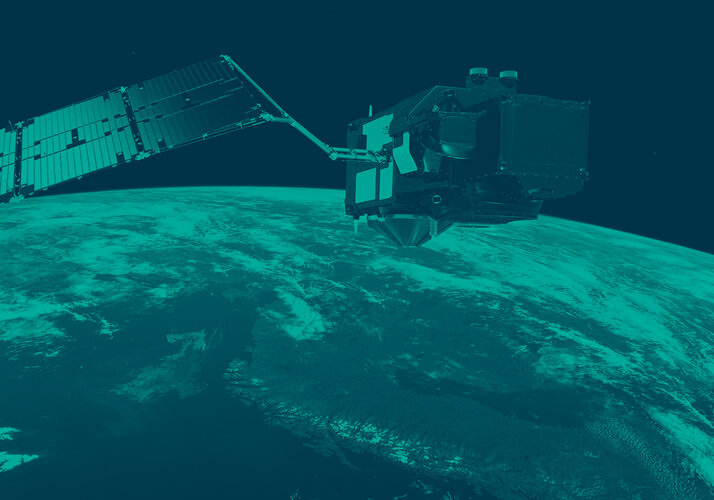Farmers to benefit from ESA–BASF collaboration
With farming an exacting science, ESA and the world’s leading chemical company, BASF, have joined forces to see how data from satellites can best serve the agricultural community.
Through a collaboration agreement and in close partnership with farmers, the aim is to translate satellite imagery and data into digital tools and services.
Satellites, in particular the fleet of Copernicus Sentinels, offer a valuable source of information for digitally-based crop management.
This new agreement will make it easier for farmers to plan everyday tasks more efficiently.
For example, they will be provided with more targeted agronomic advice on the use of crop-protection products and machinery. They will also have information for a variety of agriculture decisions, such as optimal planting and harvesting times.
Dr Rainer Preuss, Vice President of Global Strategy & Portfolio Management at BASF Crop Protection, said, “We want to deliver customer value through innovations that address farmers’ changing environmental and economic needs.
“Initiatives like this are an important contribution to our approach to innovation. Our expertise and the leverage we create with our partners enable us to develop tools with a focus on agronomic insights to help farmers manage their operations more successfully.”
Josef Aschbacher, Director of ESA’s Earth Observation Programmes, added, “We will, together with BASF and farmers, focus on delivering realtime satellite-based information to optimise fertiliser use and reduce water demand for irrigation systems.
“This will both benefit the environment and bring down costs. Data from our satellites can also be used to improve yield prediction, assuring a return on European investments in space.”
Through the collaboration, BASF provides experts as well as information from the company’s areas of specialisation such as agricultural knowhow, field data and feedback from farmers. ESA supports the project by providing satellite images and data.














 Germany
Germany
 Austria
Austria
 Belgium
Belgium
 Denmark
Denmark
 Spain
Spain
 Estonia
Estonia
 Finland
Finland
 France
France
 Greece
Greece
 Hungary
Hungary
 Ireland
Ireland
 Italy
Italy
 Luxembourg
Luxembourg
 Norway
Norway
 The Netherlands
The Netherlands
 Poland
Poland
 Portugal
Portugal
 Czechia
Czechia
 Romania
Romania
 United Kingdom
United Kingdom
 Slovenia
Slovenia
 Sweden
Sweden
 Switzerland
Switzerland































